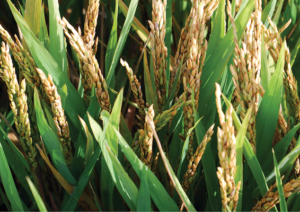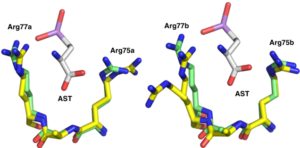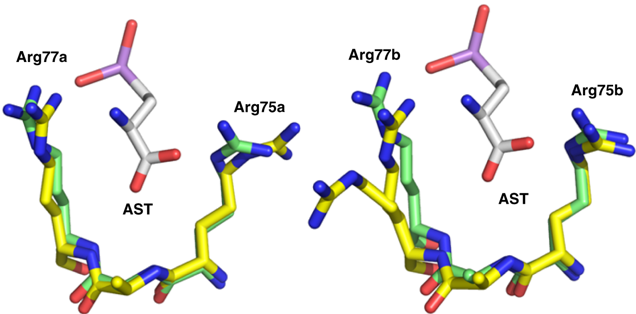The emergence of antibiotic-resistant bacterial strains is among the greatest public health challenges of our time. As common antibiotics are increasingly rendered ineffective, it has spurred the search for novel drugs. A newly-discovered arsenic-containing compound produced by a soil bacterium shows promise as a broad-spectrum antibiotic.

In a paper published in the Nature journal Communications Biology, an international team of researchers described how the rice rhizosphere microbe Burkholderia gladioli harnesses arsenic—a pervasive environmental toxin—to create a potent antibiotic, arsinothricin (AST). The authors demonstrated that AST is effective against many types of gram-negative and gram-positive bacteria. However, given the almost inevitable emergence of bacterial resistance to AST, which would limit its clinical use, the researchers proposed combining it with an inhibitor of ArsN1, N-acetyltransferase—an enzyme that selectively confers resistance to AST.
The effort was led by Barry Rosen of the Florida International University College of Medicine and Masafumi Yoshinaga of the National Agriculture and Food Research Organization (NARO) in Japan. Banumathi Sankaran, a research scientist in the Berkeley Center for Structural Biology (BSCB) at the Advanced Light Source (ALS), was an author on the paper.

A conformational change of ArsN1 resulting from ligand binding. A portion of the AST binding site in ArsN1-AST (green) is superimposed with that of the unbound structure (yellow). Left and right cartoons depict chain A and chain B, respectively.
Sankaran leads the Collaborative Crystallography (CC) mail-in service at the ALS, which is run under the aegis of the ALS-ENABLE program. She collected X-ray data at BCSB beamlines 8.2.1 and 8.2.2 that—in combination with data collected at the Advanced Photon Source (APS) at Argonne National Lab—were used to solve the three-dimensional structures of ArsN1 in both its unbound and AST-bound forms. Refinement of the structure model was carried out using programs within the Phenix software suite, developed under the guidance of Paul Adams, Director of the Molecular Biophysics and Integrated Bioimaging (MBIB) Division.
The crystal structures shed light on the mechanism of ArsN1’s substrate selectivity, and have the potential to give rise to a new class of organoarsenical antimicrobials and ArsN1 inhibitors.




